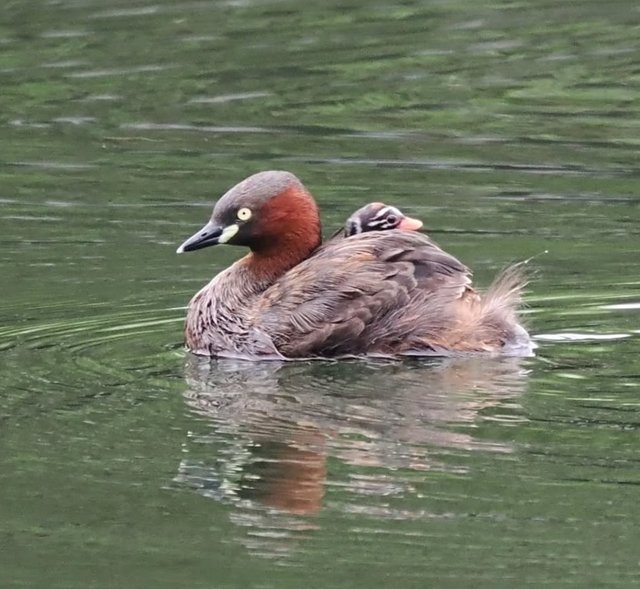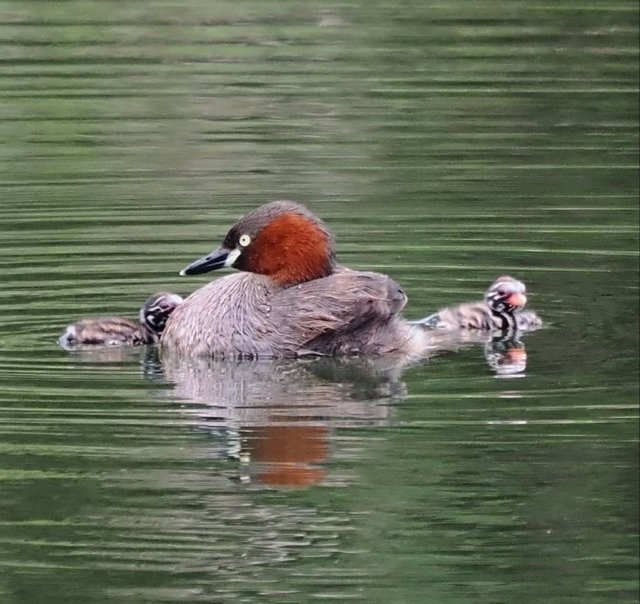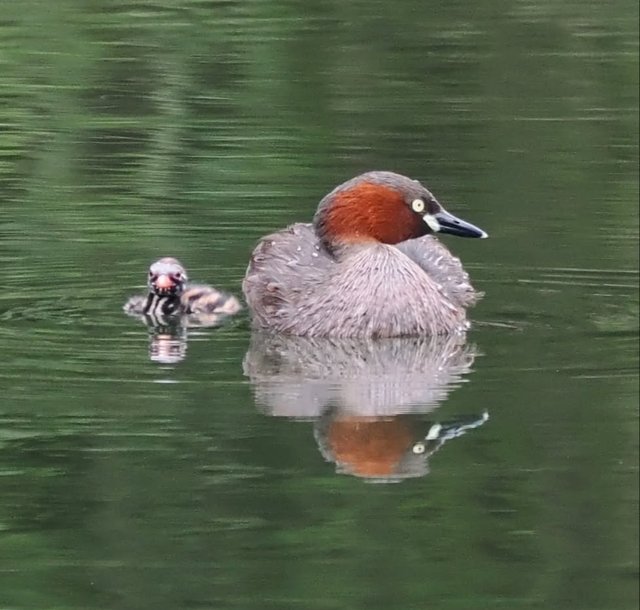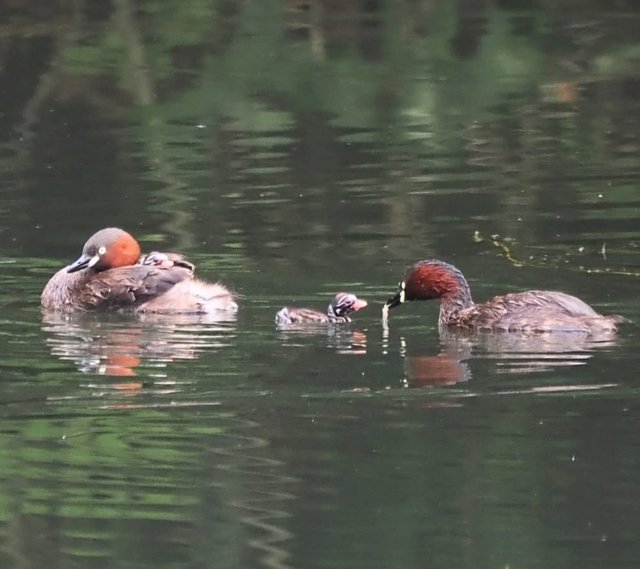So Cute Alaotra Grebe Bird
The Alaotra grebe was a small waterbird, once found exclusively in the wetlands of Lake Alaotra in Madagascar. It is one of the most notable examples of a species that has slipped into extinction in recent times, largely due to human activities and the introduction of invasive species. The bird’s story is both fascinating and tragic, shedding light on the fragility of island ecosystems and the importance of conservation.
Physical Characteristics
The Alaotra grebe was a relatively small member of the grebe family, measuring about 25 centimeters in length. It had a short, sharp beak, dark plumage with rufous coloration around its neck, and strong legs placed far back on its body—adaptations for an aquatic lifestyle. Unlike many other waterbirds, grebes are excellent divers but poor flyers, and the Alaotra grebe was no exception. Its wings were particularly small, which limited its ability to disperse to other habitats, effectively confining the species to Lake Alaotra.
Habitat and Distribution
This grebe was endemic to Madagascar, specifically the Lake Alaotra basin, the country’s largest lake. The bird preferred reed beds and papyrus swamps where it could find cover and hunt for prey. Its diet consisted mainly of small fish and aquatic invertebrates, which it caught by diving underwater.
Unfortunately, this narrow ecological niche became its downfall. Because the species was restricted to one lake system, any major changes in that habitat had an immediate and devastating impact on its survival.
Decline and Extinction
The decline of the Alaotra grebe was triggered by a combination of factors:Introduction of invasive species – Non-native fish such as the carnivorous snakehead and tilapia were introduced to Lake Alaotra. These species not only competed with the grebe for food but also preyed on its chicks.
Habitat destruction – Lake Alaotra has long been an important agricultural zone for Madagascar, especially for rice cultivation. Large-scale conversion of wetlands into rice fields drastically reduced the grebe’s breeding and feeding grounds.




%20(8).jpeg)